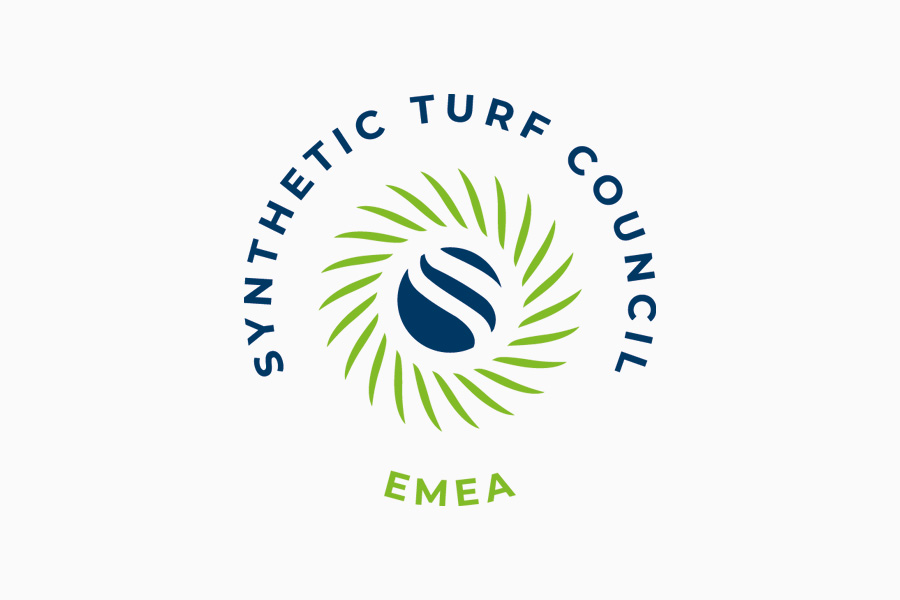A combination of appropriate field design, good maintenance routines and improved player’ hygiene can limit infill dispersion to only 2g/m2, says Swedish consultancy firm Ecoloop.
Earlier this year, ESTC commissioned Ecoloop to undertake a study to describe typical use of synthetic turf fields in the EU and to quantify the extent of infill transport due to common activities on third-generation synthetic turf fields.
The Swedish consultants have studied all the literature available on these topics. They have identified three zones:
- The field of play where the infill is meant to be
- A control zone to where the infill can migrate and accumulate. This zone is designed with this in mind, hence the infill cannot move out of the area
- An uncontrolled zone, to where infill should not migrate.
They conclude that infill migration into uncontrolled zones on fields in common use in the EU can be controlled by up to 97%. If adopted, use of mitigating measures and good practices could help limit the uncontrolled migration of infill to about 2 g/m2. This is below the 7g/m2 proposed by ECHA’s Socio-Economic Analysis Committee (SEAC).
Mitigating measures
Examples of mitigating measures are barriers, decontamination grates, boot cleaning brushes and filters. These will help maintain the infill within the boundaries of the containment zone of the field. Earlier this year, the European Standards Committee released CEN TR 17519 Surfaces for sports areas – Synthetic turf sports facilities Guidance on how to Minimize Infill Dispersion into the Environment, which documents these and other mitigating solutions. These solutions are endorsed by the various sports governing bodies, with FIFA even incorporating these in their latest ‘Handbook of test methods.
In addition, adoption good practices by maintenance crews as well as players and officials will result in capturing infill before it leaves the perimeter. With these stakeholders handling and storing maintenance equipment correctly, as well as use of boot cleaning stations and decontamination grades, the dispersion of infill could be further controlled.
The Ecoloop report shows that if all parties using synthetic turf fields with polymeric infills act responsibly and implement the recommendations of the CEN technical report, infill migration can be controlled. Therefore, banning the sale or use of polymeric infill shouldn’t be necessary.
ESTC is calling on ECHA to recommend infill for 3G synthetic turf to be granted derogation from the proposed restrictions on intentionally added microplastics, on the basis that the recommendations of the CEN technical report become mandatory for all new and existing fields.
You can download the full report here.
